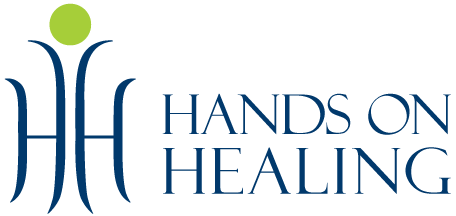What to Expect and How to Prepare
While it is more convenient and accessible in many ways to have your massage therapist come to you, in-home massage does bring up some questions. Where does the table go? What about my dog? Do my children have to be quiet?
For more details on how massage will be altered due to COVID, please see my COVID policies.
Step 1: Before the Session
First, let’s talk about the practical and logistical questions of having a massage in your home versus a massage clinic.
The biggest difference is the physical space and environment. The clinic space is set up for massage, your home is set up for living!
Space for the table. A massage table is roughly the size of a twin bed, and I’ll need a few more feet around it to move during the session. So we’re looking at about 6’ x 10’, give or take, as a minimum amount of space. Most homes will have a room that will work, provided we can move some furniture.
Parking and access to your home. It’s helpful for me to know about nearby parking and how to access your home. I’ll ask you about this during the booking process.
Preparing yourself. When you get a massage in a clinic there is a built-in sense of ritual or intentionality. This is an important element in preparing your body and mind for massage that helps maximize the benefits. At home, please try to recreate this sense of preparation. Have a cup of tea and appreciate that you are doing something for your health. Take care of a chore or to-do that would bug you through the session. Do whatever you need so you can relax!
Step 2: During the Session
Second, let’s talk about the massage itself. You’ve booked, you feel relaxed and ready for your massage. I’ve arrived and we’ve set up the table… now what?
Let me take care of you! I’m a guest in your home and it’s a natural instinct to take care of guests, but remember: I’m here to take care of you. It is my job to make you feel safe and comfortable throughout the whole process.
Draping. In order to work safely and respectfully, massage therapists follow a protocol of draping using massage linens. You are free to undress to your level of comfort knowing that only the area of your body I am working on at the time will be exposed. If at any point you feel uncomfortable I want to know right away and we’ll make adjustments.
Pressure and Pain. Massage is not about “more pain, more gain.” I don’t want you to grit it out. Some level of discomfort is necessary if we’re working through some knots, but we’re going for good hurt as opposed to bad hurt and you are in control the entire time, so please tell me if you need more or less pressure. It won’t hurt my feelings. Communication is essential during the session to make sure I’m working at a level that is comfortable for you.
Setting up in a quiet, distraction-free space. Let’s try to minimize distractions as much as possible. But your home is not a clinic and if things come up (like your cat onto the table) we will work with it.
Step 3: After the Session
Lastly, let’s look at the end of the session and preparing for the next one.
Take your time getting up! The few moments after the massage are really important for letting the benefits sink in. Massage also lowers blood pressure (which is good) but that can lead to light-headedness or fainting (which is bad) if you get up too quickly. Ease back into gravity.
New sense of yourself. You will likely feel very different in your body after the massage. Noticing and verbalizing these changes is an important part of the process. By doing so, you are rewiring your brain and re-orienting inwardly to attend to your inner body awareness.
Questions and observations. We can take a few minutes for any questions you have or things you noticed during the massage. This conversation is very helpful for me and it will go into my notes for our next session together.
Be CURIOUS about what you’re feeling and enjoy the benefits of the massage!
If you are ready to look at the schedule, you can book your first massage here.
